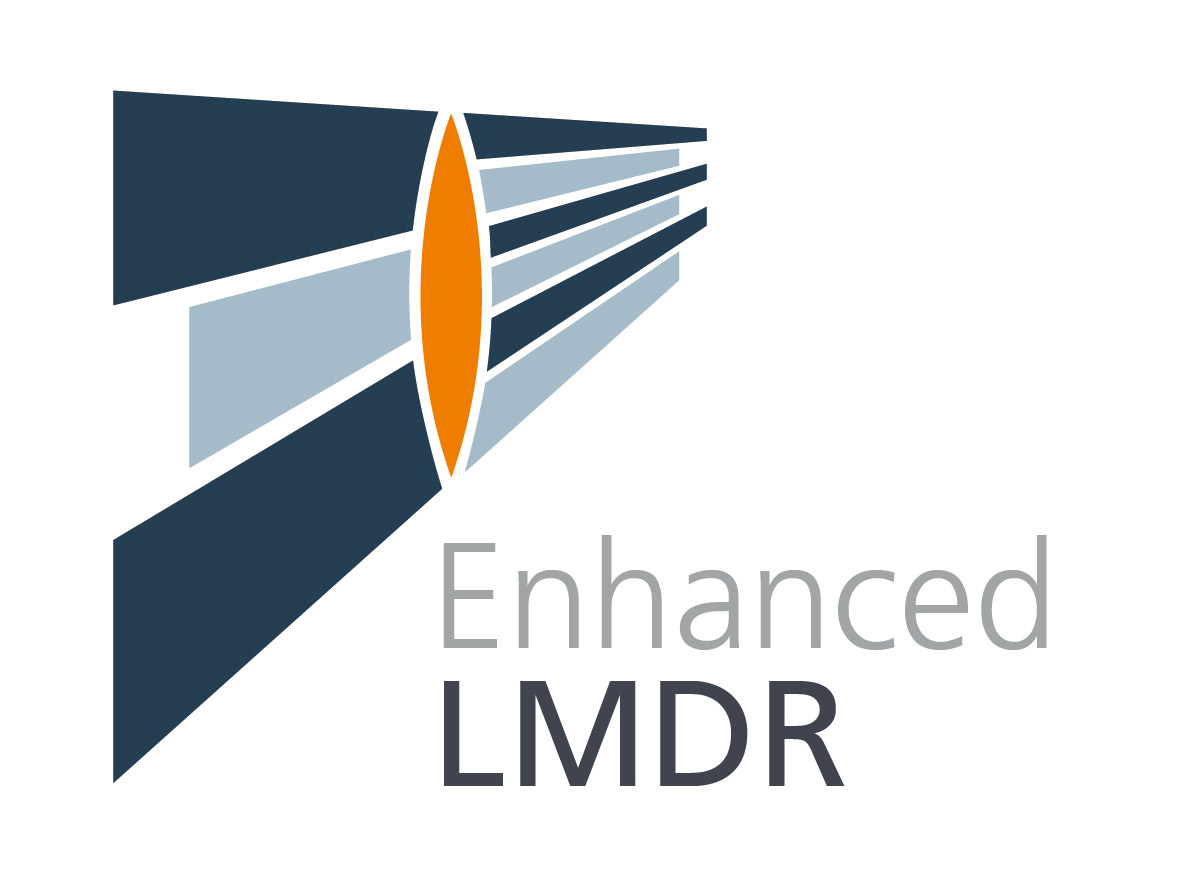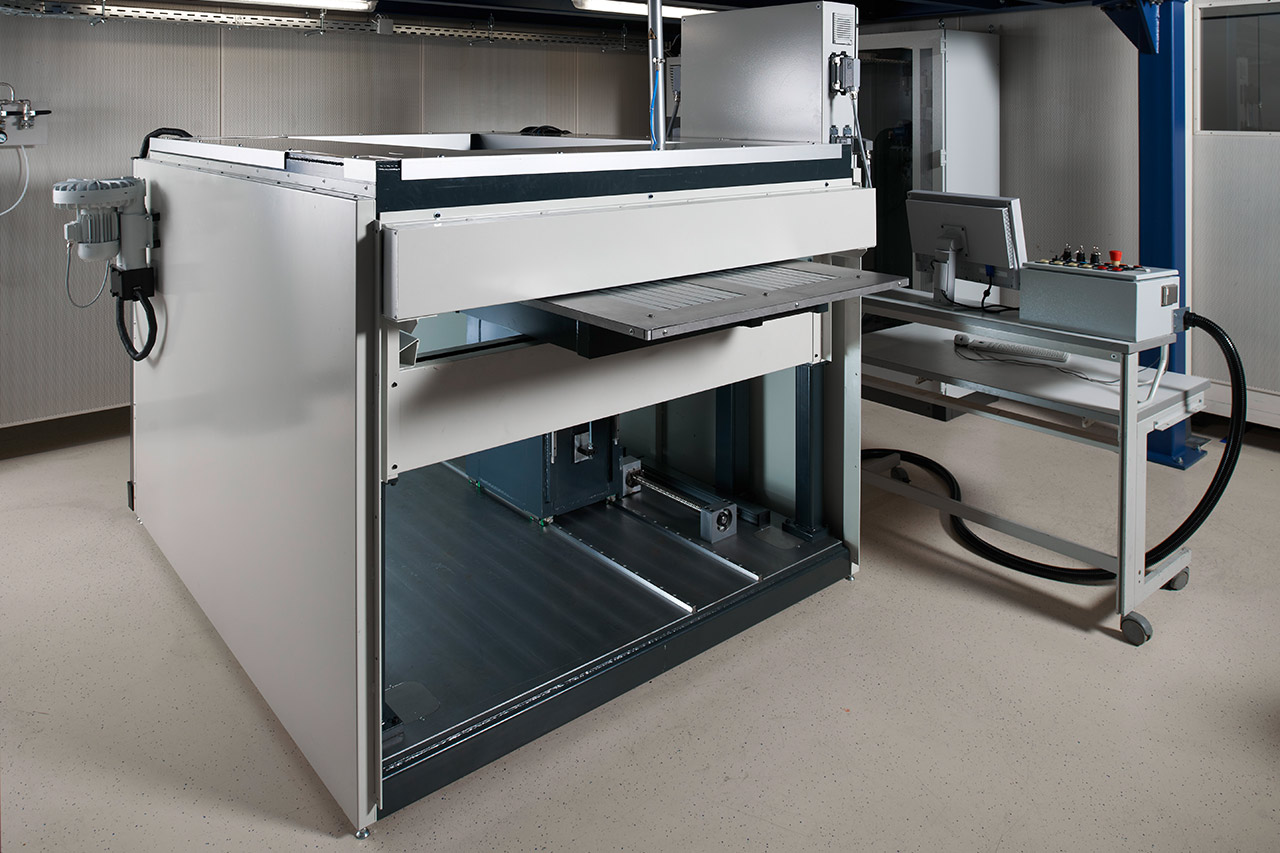Material and Process Optimization to Increase the Efficiency of Laser-treated Grain-oriented Electrical Steel Sheet (Enhanced LMDR)
Motivation
Laser Magnetic Domain Refinement (LMDR) is an established laser treatment technology that has been in industrial use for 30 years for loss reduction of highly permeable grain-oriented iron-silicon sheets, which are used as core material in distribution transformers, among other applications. The technology of laser treatment has basically not changed since its beginnings: Perpendicular to the rolling direction of the sheet, lines are generated with the laser at speeds of up to 300 m/s across the full width of the material at intervals of a few millimeters. This is an extremely short-lived local (line-shaped) heat treatment.
Objective
Within the Enhanced LMDR research project, the research and further development of the LMDR process is to be advanced with the objective of further loss reduction. With the claim to be able to build the best transformer, the project pursues the improvement of the magnetic properties by material optimization and an adapted Laser Magnetic Domain Refinement. The aim is to achieve reductions of the core magnetization losses beyond the 10 to 15 % that have been achievable in industry up to now.
Competencies of Fraunhofer IWS
Fraunhofer IWS contributes its components in the field of laser surface treatment. The main focus of the work is on the simulation of temperature distribution, the adaptation of the laser treatment and beam deflection to the system technology and the investigation of different beam sources.
For the further development of laser treatment the LMDR test system at Fraunhofer IWS is available, which allows the application of production relevant treatment parameters and can be modified according to the technological requirements. Spot speeds of up to 300 m/s can be achieved with the principle of scanner-based beam deflection.
 Fraunhofer Institute for Material and Beam Technology IWS
Fraunhofer Institute for Material and Beam Technology IWS
